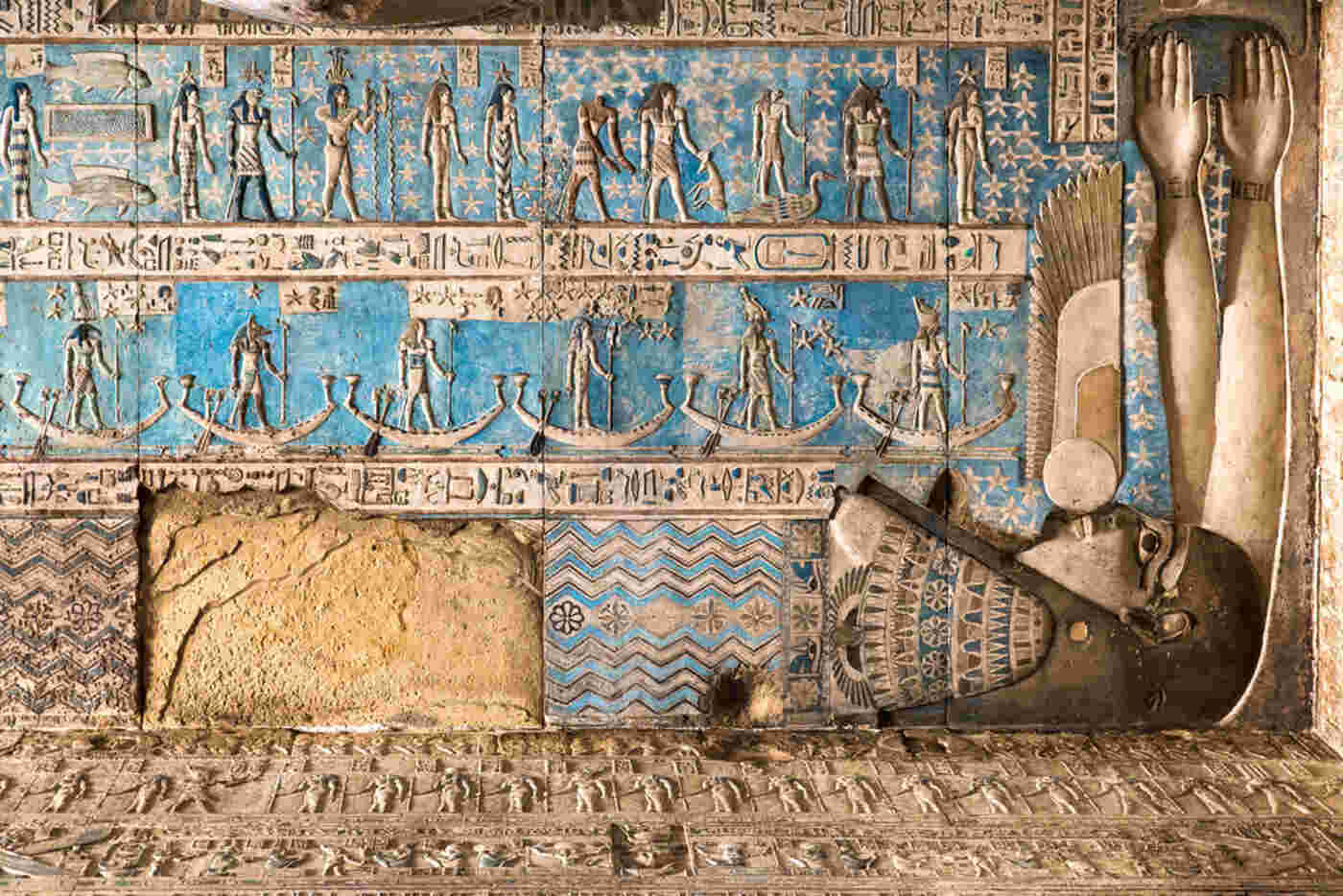Step into the heart of ancient Egyptian history on this captivating Luxor West Bank tour, guided by a professional Egyptologist from Nile Travel Machine. In just a few unforgettable hours, explore the Valley of the Kings, the grand Temple of Hatshepsut, and the mighty Colossi of Memnon. Ideal for curious minds and time-conscious travelers, this half-day adventure offers deep insight into Egypt’s royal past — all in the golden glow of the West Bank of Luxor.
Included
- Private transportation from/to your Luxor hotel
- Licensed expert Egyptologist (multilingual)
- Bottled water during the tour
Excluded
- Entrance to the Tomb of Tutankhamun (optional upgrade)
- Personal expenses or tips
- Meals or drinks not specified






